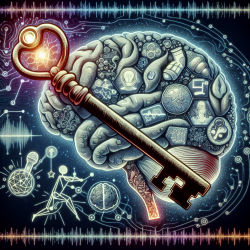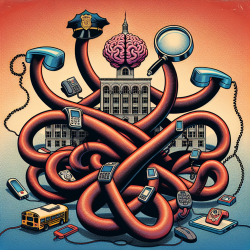Key Findings from the Review
The review revealed several important points:- Most studies did not find significant positive effects of STN-DBS on speech production.
- Some studies indicated negative effects, particularly with left-sided STN stimulation.
- Individual variability in response to STN-DBS was significant, with some patients showing positive effects while others experienced declines in speech quality.
Recommendations for Practitioners
To better understand and potentially mitigate the effects of STN-DBS on speech, practitioners are encouraged to:- Monitor speech symptoms closely in patients undergoing STN-DBS.
- Adjust stimulation parameters carefully, as changes in amplitude and frequency can impact speech outcomes.
- Consider the potential for greater negative effects with left-sided stimulation and tailor treatment plans accordingly.
Encouraging Further Research
The review highlights the need for more extensive studies to:- Examine the long-term effects of STN-DBS on speech.
- Explore the impact of different stimulation sites within the sub-thalamic nucleus.
- Investigate individual differences in response to STN-DBS to identify predictive factors for positive or negative speech outcomes.
By integrating these insights into clinical practice, speech-language pathologists can enhance their understanding of STN-DBS and its complex effects on speech, ultimately improving patient care.
To read the original research paper, please follow this link: Effects of sub-thalamic deep brain stimulation on speech production in Parkinsons Disease: A Critical Review of the Literature.










